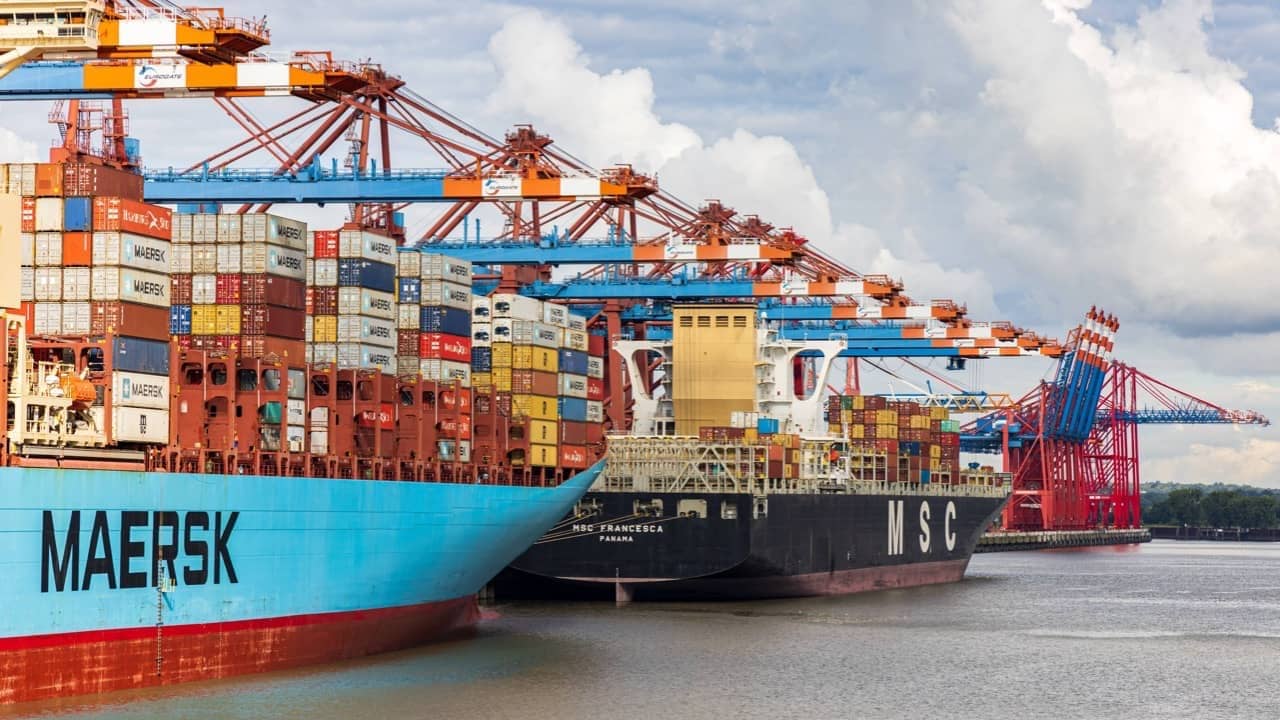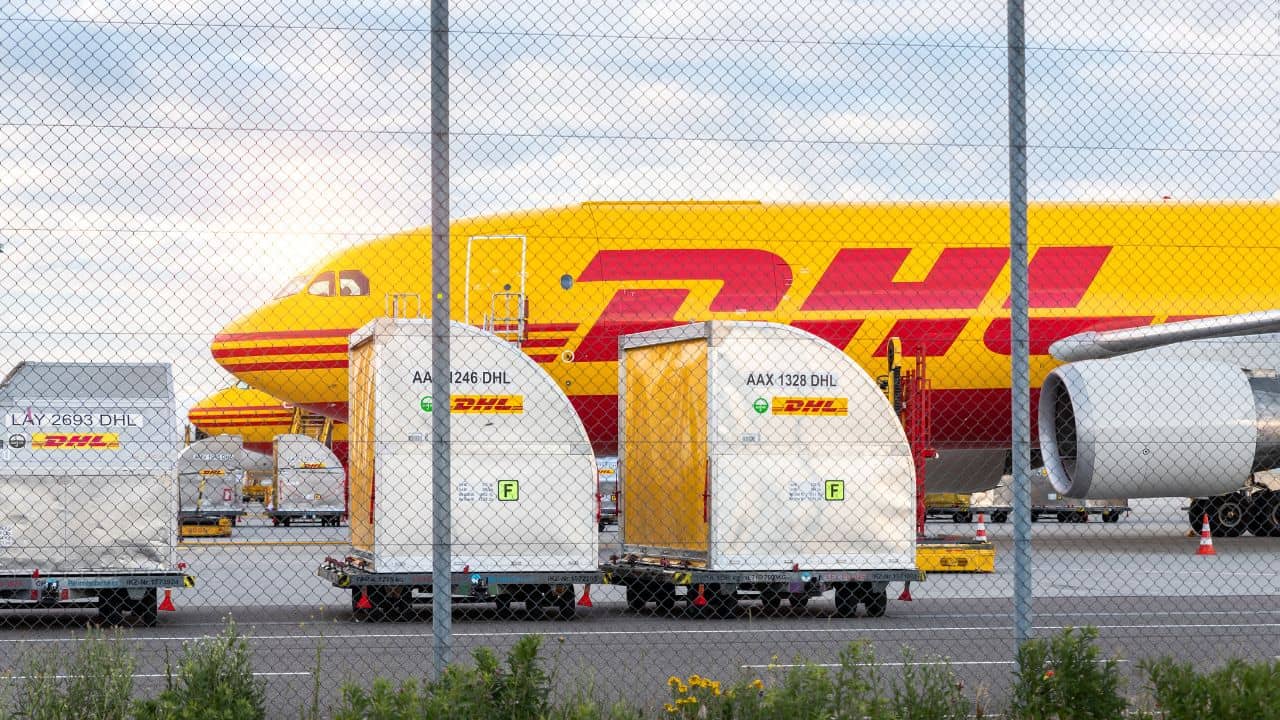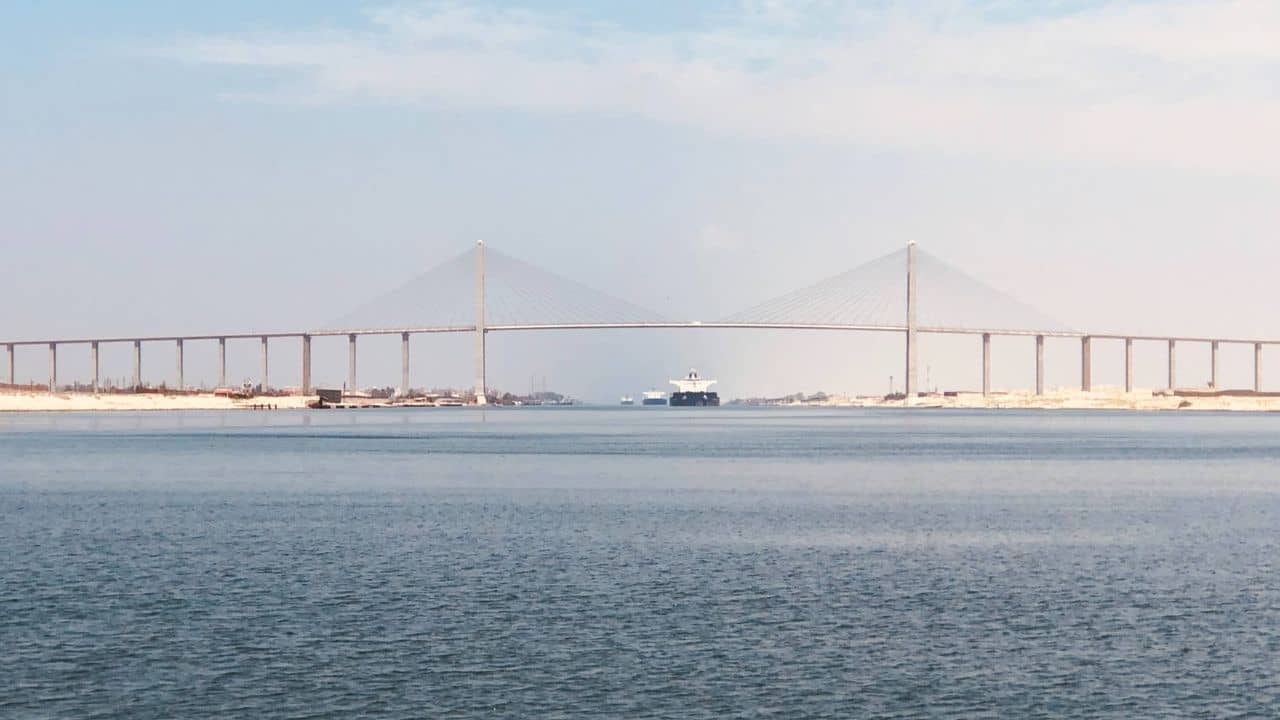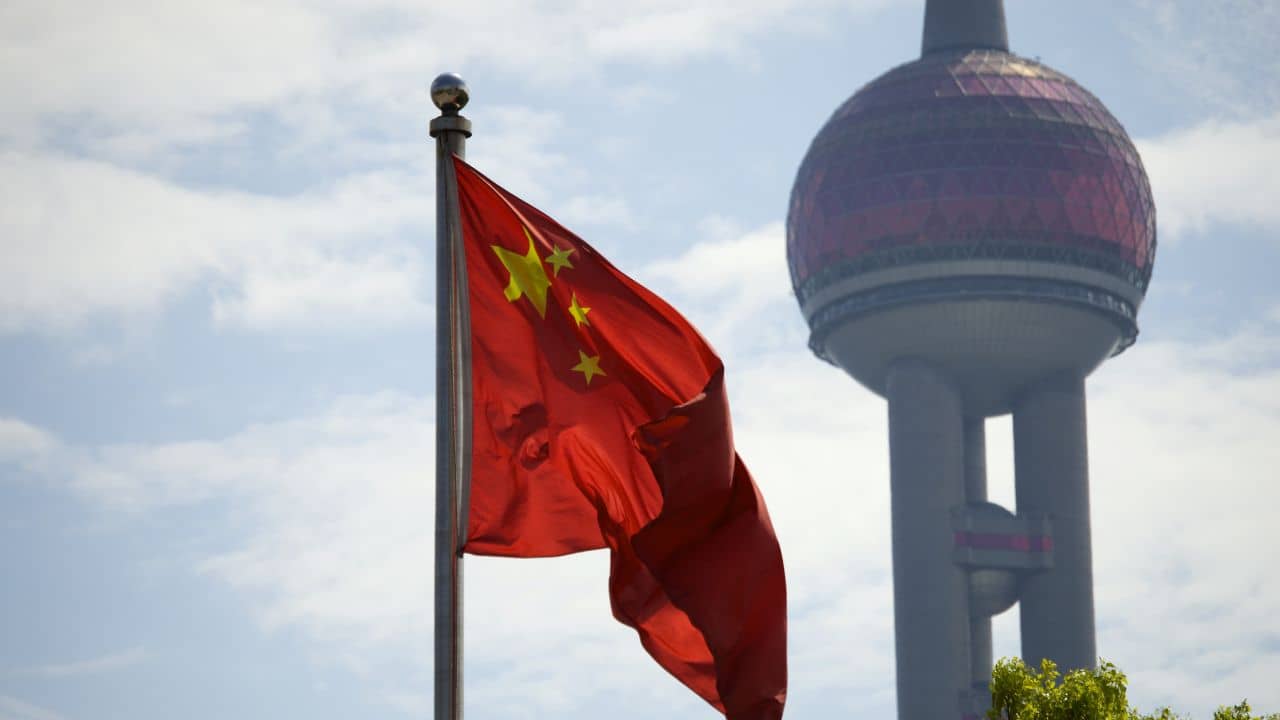
Update on Global Supply Chains and Latest China Market Trends
8-minute read
New Zealand’s Ministry of Foreign Affairs and Trade have been monitoring global supply chain disruptions and developments since June 2020.
In this article, we bring you global supply chain trends, including improvements in sea freight and recovering air connectivity, according to MFAT’s latest market intelligence report.
Sea Freight
The reliability of global sea freight has continued to improve throughout the first quarter of 2023.
Shipping giant Maersk noted in a recent industry newsletter that supply chains are “finally beginning to stabilise and find equilibrium.”
While prices and delivery times have not returned to pre-COVID levels, some disruption has become widely accepted across the industry as ‘business as usual.’
S&P Global Market Intelligence attributes steadier supply chains to slower demand.
For example, US container import volumes have been falling for eight months, and March 2023 levels were 23% lower than March 2022. As the pressure on sea freight has reduced, supply chains have rebalanced.
It may take time for the benefits of falling global shipping prices to be fully realised in New Zealand due to factors such as our distance from major global supply lines, recent weather events, and inflation.

Maersk and MSC have announced that they will end their 10-year alliance in 2025.
With only a handful of major shipping companies operating on a global scale, alliances can enable the partners to offer their customers better coverage of trade routes than if they were operating individually.
The implications of the announcement are not yet clear. While it could lead to reduced coverage on certain routes, it could also help to boost competition and bring down prices.
Maersk has withdrawn its Coastal Connect service from New Zealand.
This was a dedicated coastal shipping service introduced last year that connected Auckland, Tauranga, Nelson, Timaru, and Lyttleton.
Maersk will now use the Port of Melbourne as a hub instead, which could improve shipping capacity on trans-Tasman routes.
Domestic coastal shipping services are still available in New Zealand through another carrier, Pacifica Shipping, which has been in the market for over 30 years.
International lines can also sell space on the domestic legs of their voyages for coastal shipping.
Air Freight
As with sea freight, capacity and reliability in the aviation industry continues to recover.
In its latest industry newsletter, the supply chain platform Flexport said that air freight capacity on the major global trading lane between North America and Europe is back to 2019 levels. However, prices remain elevated due to high fuel costs.
New Zealand’s growing air connectivity reflects this trend. As of January 2023, international passenger numbers had recovered to 69% into Auckland Airport and 57% into Christchurch Airport compared to January 2019 figures.
Queenstown Airport reached 126% of the pre-pandemic equivalent, reflecting a strong tourism recovery in that region, especially from Australian visitors.

Highlights from the 1st Quarter of 2023
Delta Airlines has announced that it will enter the New Zealand market in October. It will operate daily flights between Auckland and Los Angeles, bringing additional capacity and competition to the popular route.
China placed New Zealand on a list of 20 approved destinations for group tourism and reopened its borders to tourists on 15 March.
The New Zealand Herald reports that there will be approximately 21 flights per week between New Zealand and China by May 2023 – about half of what was on offer in 2019.
Emirates has restarted daily services from Christchurch to Dubai.
Auckland Airport’s Chair, Peter Strange, projects that full recovery is still another two years away. The aviation industry faces ongoing challenges with a lack of available aircraft, labour shortages, and high fuel prices.
Regional updates
Australia
DHL has upgraded its planes for air freight on its Auckland to Melbourne route. It plans to operate five overnight services per week using the new aircraft, which will double capacity.
DHL has also added a stop in Christchurch on its Auckland to Sydney express route. This will offer faster delivery options for exports from the South Island, including high-value perishable goods.
DP World, a supply chain solutions firm, has opened a specialised facility for refrigerated containers in Sydney called Reefer World. This has the ability to provide cleaning and repair services for over 100 reefers per day.
The new facility is one of the biggest in Australia, and DP World expects that reefer supply to Auckland and Tauranga will increase as a result.
Focus Container Line has gone into liquidation. The shipping company launched a route in November 2022 that connected Ningbo, China to Auckland, Brisbane, Sydney and Melbourne. Ships have now been withdrawn from the trans-Tasman route.
At the same time, ZIM International Shipping has added a new shipping route travelling between Melbourne, Sydney, Auckland, Lyttelton and Napier.
Australia National Line (ANL) has also added a stop in Napier to their trans-Tasman service.

Americas
Domestic supply chains are facing some disruption in the US because of delays with land transport.
Labour shortages across the industry mean containers are experiencing long wait times to be loaded onto trains or trucks from ports. Chicago is one of the cities most affected, with containers facing delays of up to 2-3 weeks.
Following the passage of the US Ocean Shipping Reform Act last year, a new bill called the Ocean Shipping Antitrust Enforcement Act has been introduced to assist with its implementation.
If enacted, this would make foreign-owned ocean carriers subject to federal anti-trust laws and “address unfair practices that harm American businesses, producers, and consumers.”
For example, shipping companies would not be allowed to impose unjustified container rate increases or unfairly refuse cargo bookings for American exports.
The impacts of the new Ocean Shipping Antitrust Enforcement Act on global container supply are still to be determined.
However, if empty containers were required to wait in the US to be filled with the product before leaving, this could slow down international container movements.
Europe
Russia and Ukraine have agreed to extend the Black Sea Grain Initiative. The United Nations notes that 25 million metric tonnes of grain and foodstuffs have been moved to 45 countries during its first two terms, helping to bring down global food prices.
However, the length of the extension is unclear. Al Jazeera reports that Russia claims it has agreed to a 60-day extension, while Ukraine says that the deal has been extended for 120 days.
Maersk has resumed some operations in Ukraine, serving freshwater ports along the Danube estuary in the northern part of the country. This may facilitate further exports from Ukraine.
There have been a series of strikes in France over a government proposal to raise the retirement age from 62 to 64 years. Over a million people have participated, with train and air traffic disruptions.
Freight Forwarder Think Global Logistics said these disruptions have led to delayed deliveries and increased costs for businesses, including foreign companies that rely on French suppliers for inputs.

Africa and the Middle East
Türkiye and Syria experienced a 7.8 magnitude earthquake on 6 February. Docks at Iskenderun Port in Turkey collapsed, and fires that affected hundreds of containers broke out.
While most airports in the region experienced damage, service was restored to all airports by 12 February.
Supply chain news platform The Loadstar reports that Maersk filed a lawsuit against container shipping company Evergreen Marine over the blockage of the Suez Canal in 2021.
An Evergreen Marine vessel obstructed the Suez Canal for six days in March 2021, causing a queue of over 350 ships that Maersk alleges caused more than US$40 million in economic damage.
Read our post “The Inside Story of Ever Given in the Suez Canal” for some interesting insights on the incident and the importance of the Suez Canal to global trade.
Asia
Tech giant Amazon has launched a dedicated air cargo service, Amazon Air, in India. Amazon Air operates over 110 jets across its global network that exclusively carry packages for Amazon.
Indian operations will begin with two planes initially and possibly increase to six by the end of the year. Each aircraft can carry about 24 tonnes of cargo.
According to Flexport, parts of Beijing Airport will be closed for maintenance during April. Approximately a third of the facility’s air cargo volume will be temporarily unavailable during this time (roughly 2.6% of China’s overall air cargo volume).
China Market Update Following China’s Reopening
Travel between New Zealand and China is picking up again following the reopening of China’s borders, with capacity on the important Shanghai-Auckland route increasing.
Open borders are seeing many business people visiting China. Companies are inaugurating new offices in Shanghai and a number of companies have resumed bringing their Chinese partners and social media influencers to New Zealand.
Visa processing on both sides is ramping up to meet demand, although it is important to apply early.
China’s recognition of virtual APEC cards from 1 May 2023 and the availability of multi-entry visas will give business travellers more options.
Logistics-wise, China’s COVID restrictions along the supply chain have been lifted, with supply chains rapidly improving, and entry ports normalising. China’s removal of COVID inspections of the cold chain and cancellation of disinfection requirements have saved significant costs and reduced risk.
The reopened border has paved the way for increased travel between New Zealand and China. Booking enquiries from Chinese travellers have increased significantly since China removed the requirement for a pre-departure PCR test for passengers from New Zealand.
The increased frequency of flights has helped reduce the average price of flights between the two countries.

China Market Trends and Changes to Consumer Behaviour
The pandemic accelerated a number of trends over the last three years. China’s digital and e-commerce channels have grown enormously and diversified.
Consumers are shifting to ‘instant purchase’ live streaming influencer sales channels like Douyin (often citing the convenience of being able to ask live questions) and away from mainstream apps or web platforms like Tmall or JD.com, which also have a reputation as being more expensive for product sellers.
E-commerce has its drawbacks: companies must essentially pay for views of their products with traditional online vendors or pay large sums and stockpile inventory for popular live streamers. Margins from live stream sales are usually not particularly high.
There are shifts in the offline retail landscape too.
Big-box retailers, for example, Costco and Sam’s Club, are growing in popularity, and several Chinese supermarkets, such as Hema Fresh and RT Mart, are adopting this model.
Aldi is an example of a supermarket chain in China that is re-positioning itself from being low-cost towards the premium segment.
Smaller retailers were hit hard by the pandemic and China’s previous COVID policies, forcing many to close or migrate to exclusively e-commerce.
Chinese consumers are increasingly health conscious, often influenced by social media influencer claims.
Some New Zealand Food & Beverage (F&B) producers have successfully partnered with local food science institutions to co-create high-value products tailored to the needs and tastes of local consumers.
This responsiveness and innovation are likely to become even more necessary.
Environmental sustainability has started to grow in prominence for Chinese consumers, helped by the political prominence of the Chinese government’s carbon reduction goals.
But Chinese consumers continue to place greater importance on the premium quality of a product or how it benefits their health (‘why is this good for me?’) over a product’s environmental impact (‘why is this good for us?’).
Successful companies are adept at translating environmental benefits into consumer-specific benefits.
Chinese F&B brands are increasingly competitive, including at the top end. This is partly explained by the growing sense of ‘China pride’ among consumers favouring domestic brands over international ones.
But it is also because Chinese companies have improved product quality, are investing significantly in understanding local consumer behaviour, and are adept at quickly catering to changing demands.
Being able to respond quickly to fast-changing habits (at what some term ‘China speed’) is important for many, particularly to meet requirements from Chinese clients ‘to produce something new’ every few months.
Keeping up with the market trends, the speed of consumer change, and China’s volume requirements, including supplying when social media influencers spike sales and test inventory, remains challenging (but also provides opportunities) for companies.
Source: Ministry of Foreign Affairs and Trade Market Intelligence Report. Full report can be found here
P.S. Easy Freight Ltd helps New Zealand importers & exporters to save money on international freight and reduce mistakes by guiding how to comply with Customs and biosecurity rules.
➔ Contact us now to learn how we can assist you.
